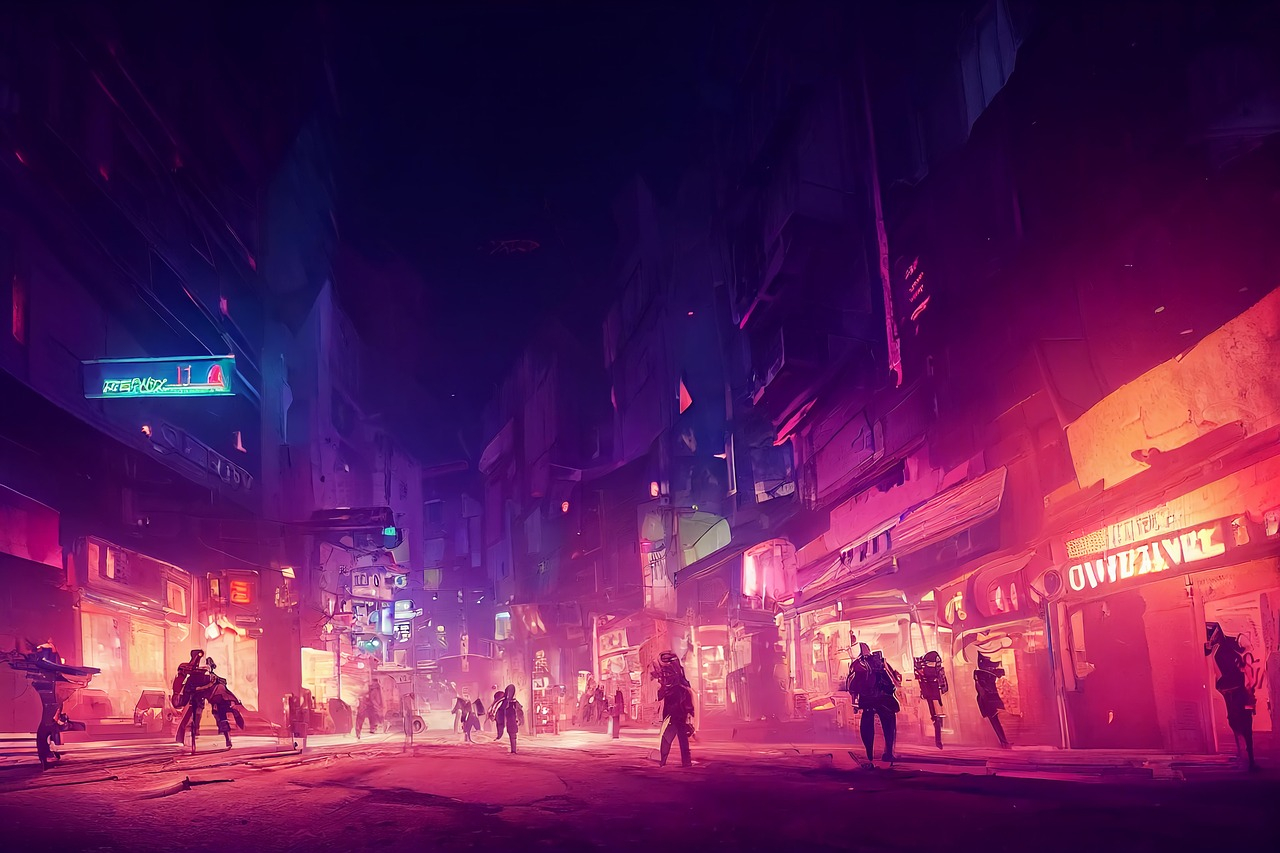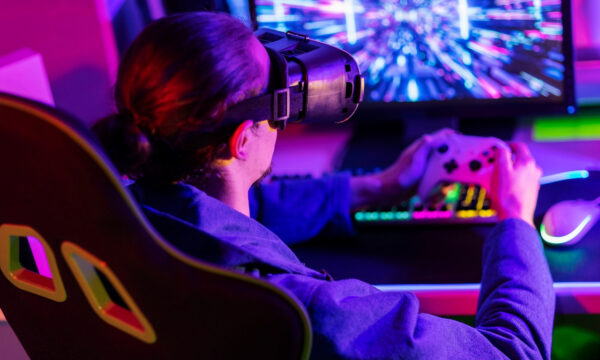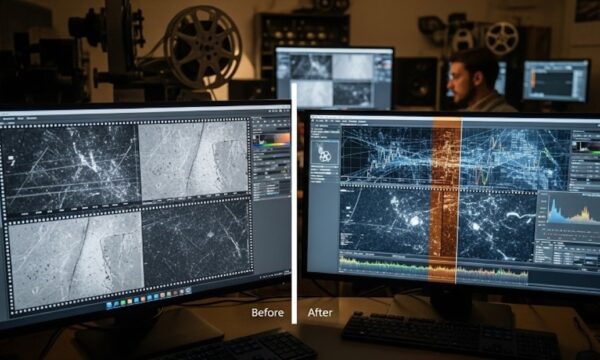Cyberpunk is now: How fictional futures are becoming real

Neon-lit cityscapes. Surveillance systems are watching every step. Corporations with more influence than governments. It all used to be science fiction. Now, it’s just Thursday.
The cyberpunk genre, long a favourite of cult cinema, video games, and graphic novels, imagined a near-future where technology didn’t solve problems, it magnified them. With roots in works like Neuromancer, Akira, and Blade Runner, the style thrived on contradiction. High tech, low life. Digital freedom, social decay. These weren’t predictions, they were warnings.
Fast forward to 2025, and much of it no longer feels distant. Biometric scans are part of everyday life. AI tools generate everything from art to essays. China’s social credit system exists. So does facial recognition at airport gates. The lines between real and simulated have blurred. One could argue the genre didn’t overreach. It simply arrived early.
Crypto has played a large part in this shift. What began as a fringe experiment is now deeply embedded in finance and pop culture. Alongside it, privacy-first tech has gained popularity. One example is the rise of best no KYC casinos, crypto-based services that use blockchain technology to let users play without submitting a formal ID. For those wary of surveillance or simply tired of bureaucracy, these platforms offer speed, discretion and access to entertainment. Critics argue they create space for fraud. Supporters say they’re part of a broader pushback against digital overreach. Either way, they reflect how core cyberpunk themes are manifesting in consumer behaviour today.
The appeal isn’t limited to gaming. Decentralised apps, encrypted messaging platforms, and AI-generated influencers now command attention. In South Korea, virtual pop stars like MAVE: perform in digital-only concerts. Japan’s VTubers, YouTubers who use animated avatars, pull in millions of views. These trends weren’t designed for niche appeal. They feed a public now comfortable with abstraction, simulation, and disconnection from the physical.
That comfort extends to politics. Across Europe and beyond, much of today’s political engagement has moved online, often in ways that are fragmented or individualised. While digital platforms allow for fast mobilisation and access to information, they also risk reducing engagement to passive scrolling or isolated bursts of outrage. Social media enables participation, but often filters it through algorithms that reward outrage over dialogue. Political structures remain, but the spaces in which people interact with them have changed.
This shift isn’t just about tech. It’s about values. Cyberpunk worlds usually depict an absence of trust in governments, police, and corporations. Today, declining institutional confidence is evident in voter turnout, media consumption, and online discourse. People are turning to decentralised communities, encrypted spaces, and alternative currencies. In fiction, it was dystopian. In real life, it often feels like autonomy.
Of course, not all tech is ominous. Surveillance has sparked counter-surveillance. Cameras have captured abuses, not just committed them. AI is writing propaganda, but also challenging propaganda. The cyberpunk story isn’t one-sided. These developments are double-edged. New tech opens doors, even as it closes others.
Art and entertainment reflect this mood. Series like Black Mirror and games like Cyberpunk 2077 aren’t escapist, they’re mirrors. They reflect a culture haunted by possibility. Not a world ruled by machines, but one shaped by algorithmic decisions and invisible data trails. Being part of the system does not require implantation with microchips, possession of a smartphone suffices.
Fashion, too, has joined the theme. Cyberpunk aesthetics that include leather, metallics, and utilitarian gear now appear on runways. Functional fashion has replaced excess. Masks, hoods, and visors aren’t just protective. They’re cultural signals, signalling anonymity in a watched world.
None of this means dystopia is inevitable. Fiction is still fiction. But the cyberpunk mood is no longer confined to pages or pixels. It’s in city streets, comment sections, investment portfolios, and browser tabs.
The future we were warned about didn’t knock on the door. It logged in quietly, skipped the small talk, and made itself comfortable.
The editorial unit

























Facebook
Twitter
Instagram
YouTube
RSS